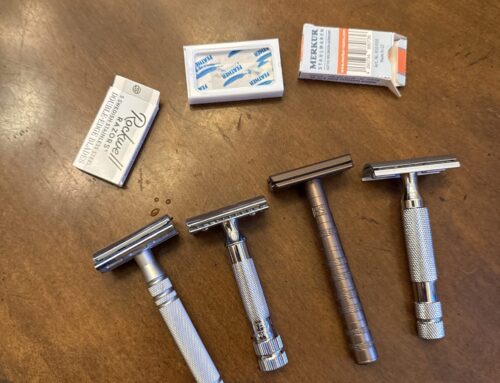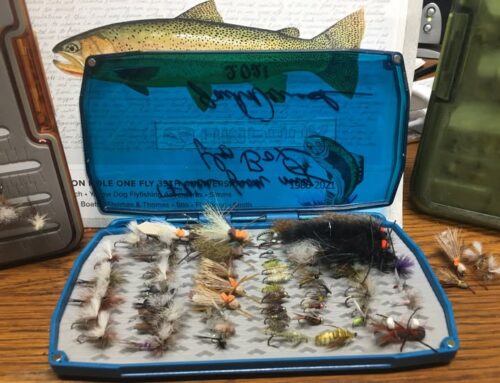Silver: Coin, German & Otherwise
Let’s get this out of the way up front, we are talking about three hundredths of one percent between sterling and coin silver. That isn’t much, so what is the big deal?
In her 1936 pamphlet on Navajo silver, Margery Bedinger gives three lengthy paragraphs—half a page—to explaining the difference between sterling silver and coin silver. She states, “This difference is too small to greatly affect the properties of the alloy…” (1936:15) Having said that, she spends two and a half more paragraphs discussing the two different alloys. But she asserts that the difference is “…a fact that becomes significant when one is trying to date an old piece of jewelry, for the two sorts of money have different colors and take on a different luster when made up and so can easily be distinguished by the expert.” (1936:16) John Adair, writing just a few years later, claims that the actual working of the silver, like annealing, will affect color. He concludes, “Therefore, individual pieces can never be dated accurately on the basis of color.” (1944:29)
It is true, however, that silver and nickel oxidize differently. Nickel turns skin green, silver turns black, and nickel seems to oxidize faster. But immediately after buffing it is difficult to tell them apart. I use the sound method—nickel has a tinny sound when dropped on a glass display case. Most writers simply add to the confusion: Mexican pesos were supposedly purer silver and thus easier to work. According to coin dealers this is not true: Coin silver was almost the same in both countries (U.S. .900, Mexico .903) until the Mexican Revolution of 1910 when Mexican coins gradually contained less and less precious metal. It is also known that Navajo smiths commonly added a few pennies to melted silver to stretch it out a little, which would turn sterling into coin silver or worse. Many dealers claim they can tell coin silver from sterling at a glance, but considering the diverse practices, and very small difference in purity of various coinages, this seems very unlikely. Most people can’t tell nickel from silver and don’t know that German silver contains no silver at all. None. Nor does the deceptively named Nickel silver. No silver.
~Adapted from Perry Null Trading newsletter
A father figure once told me, you spend the first half of your life collecting things and the second half of your life you spend giving those things away. So, I try not to be collecting too many things that I don’t use on a daily basis. But silver and gold seem like something worth keeping a little around.





